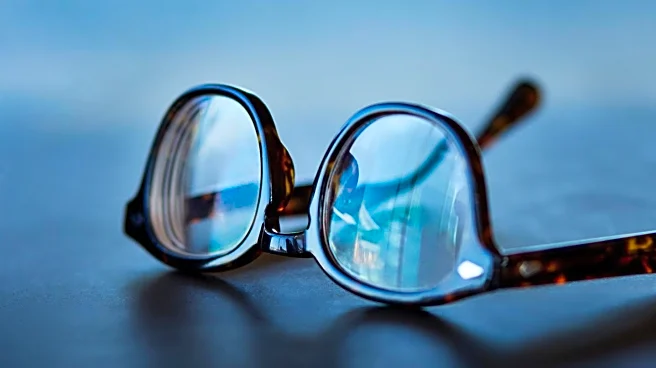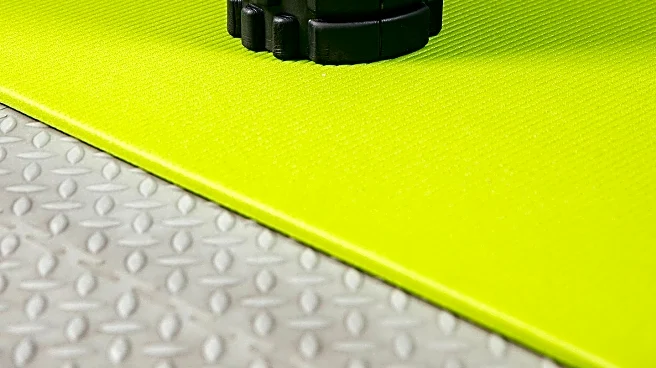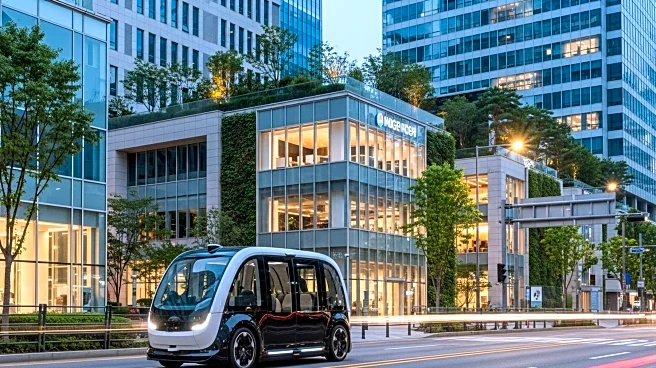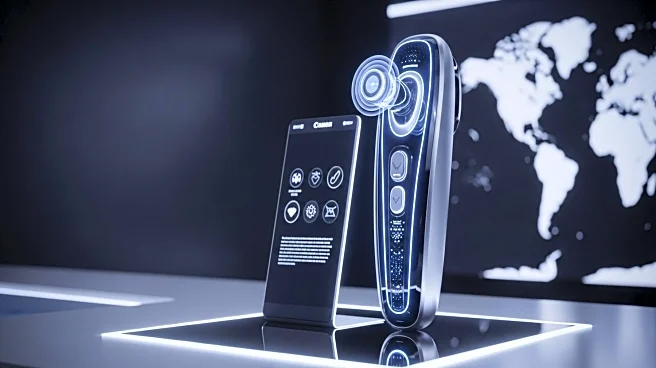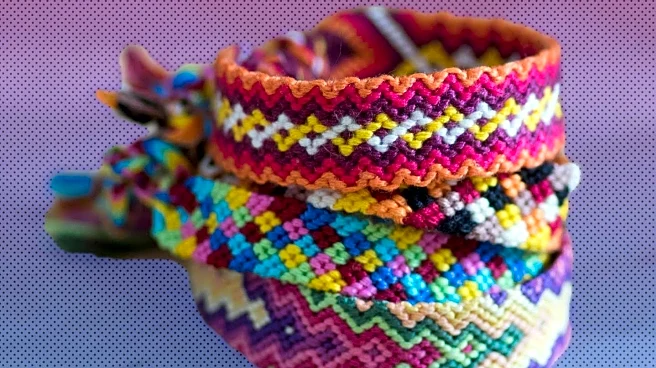What's Happening?
The use of blue-light glasses has become increasingly popular as more people spend extended periods in front of screens. These glasses are designed to filter out blue light emitted by electronic devices, which is believed to cause eye strain and disrupt sleep patterns. Despite their popularity, the American Academy of Ophthalmology (AAO) states that there is no scientific evidence supporting the claim that blue light from screens causes eye damage. However, blue light is known to affect the production of melatonin, a hormone that regulates sleep, potentially impacting sleep quality. The AAO does not recommend blue-light glasses for preventing digital eye strain, suggesting instead the 20-20-20 rule: every 20 minutes, look at something 20 feet away for 20 seconds to reduce eye strain.
Why It's Important?
The debate over the effectiveness of blue-light glasses highlights broader concerns about the impact of screen time on health. As digital devices become integral to daily life, understanding their effects on eye health and sleep is crucial. While blue-light glasses may not prevent eye strain, they could help individuals who use screens at night by reducing disruptions to sleep patterns. This is particularly relevant for those who experience difficulty sleeping due to late-night screen use. The discussion also underscores the need for further research into the long-term effects of blue light exposure and the development of effective strategies to mitigate potential health impacts.
What's Next?
As the conversation around blue light and its effects continues, further studies are likely to explore the relationship between screen time, eye health, and sleep. Manufacturers of blue-light glasses may need to adjust their marketing strategies in response to scientific findings. Additionally, increased awareness of screen time's impact on health could lead to more widespread adoption of practices like the 20-20-20 rule. Consumers may also seek alternative solutions, such as screen filters or software that adjusts screen brightness and color temperature, to reduce blue light exposure.
Beyond the Headlines
The rise of blue-light glasses reflects a growing awareness of the need to balance technology use with health considerations. This trend may prompt broader discussions about digital wellness and the importance of setting boundaries with technology to maintain overall well-being. As society becomes more reliant on digital devices, the challenge will be to integrate technology in ways that support, rather than hinder, health and productivity.

